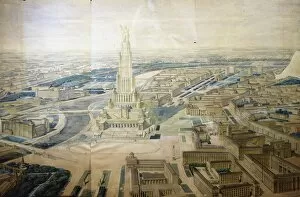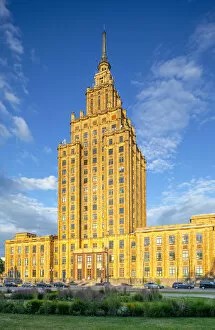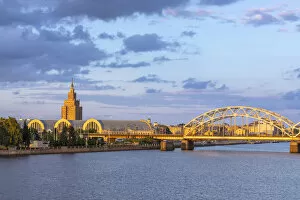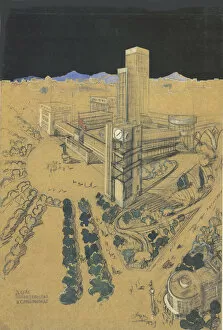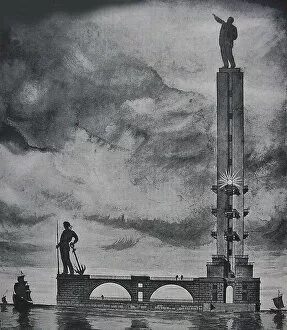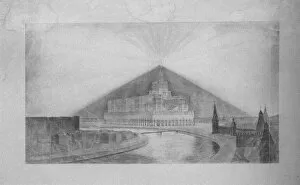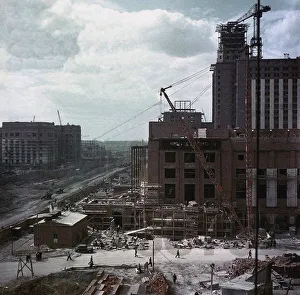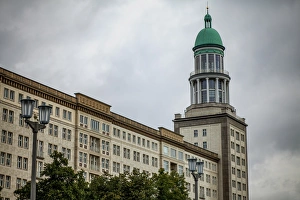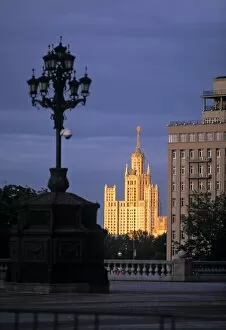Stalinist Architecture Collection
Stalinist architecture, also known as Socialist Classicism or Stalinist Empire style, emerged during the reign of Joseph Stalin in the Soviet Union
All Professionally Made to Order for Quick Shipping
Stalinist architecture, also known as Socialist Classicism or Stalinist Empire style, emerged during the reign of Joseph Stalin in the Soviet Union. This architectural style aimed to showcase the power and grandeur of the state through monumental structures that embodied socialist ideals. One iconic example is the Palace of the Soviets in Moscow, designed in 1944 but never completed. Intended to be a towering symbol of Soviet might, it would have been one of the tallest buildings in the world at that time. Its colossal size and neoclassical design were meant to inspire awe and reverence for communism. Another notable structure is the Academy of Sciences Building in Riga, Latvia. With its imposing facade adorned with sculptures and reliefs depicting scientific achievements, this building exemplifies Stalinist architecture's emphasis on glorifying intellectual pursuits. In Ukraine's capital city Kiev, one can find impressive examples such as The Central Market and The Railway Bridge Crossing over Dnieper River. These structures combine classical elements with modern construction techniques to create a sense of strength and permanence. The Ukraina Hotel in Moscow is part of a group known as "the Seven Sisters, " seven skyscrapers built under Stalin's direction across different cities. These buildings served not only as symbols but also provided housing or office space for government officials. Stalinist influence extended beyond Russia's borders into other Eastern European countries like Poland. In Warsaw, projects like Mazovia and Podlasie showcased similar characteristics - massive scale, symmetrical designs, and ornate detailing - reflecting their shared ideology with Soviet Union. Even transportation infrastructure was not exempt from this architectural trend. The Komsomolskaya Metro station project envisioned an opulent underground palace adorned with mosaics celebrating communist heroes while providing efficient transportation for workers. Not limited to just buildings alone, Stalinist architecture even influenced monument design. A proposed Lenin monument for Leningrad harbor featured a colossal statue surrounded by grand arches, embodying the cult of personality surrounding the Soviet leader.

